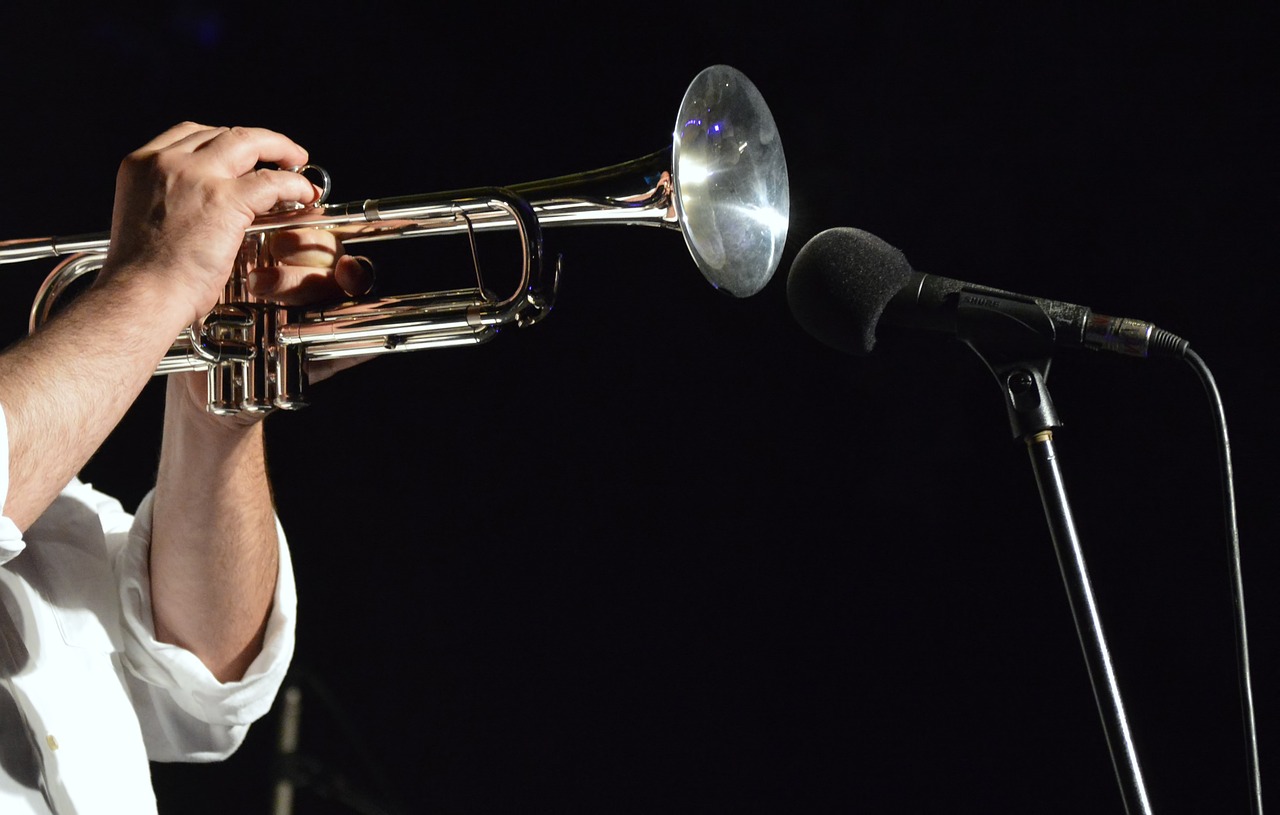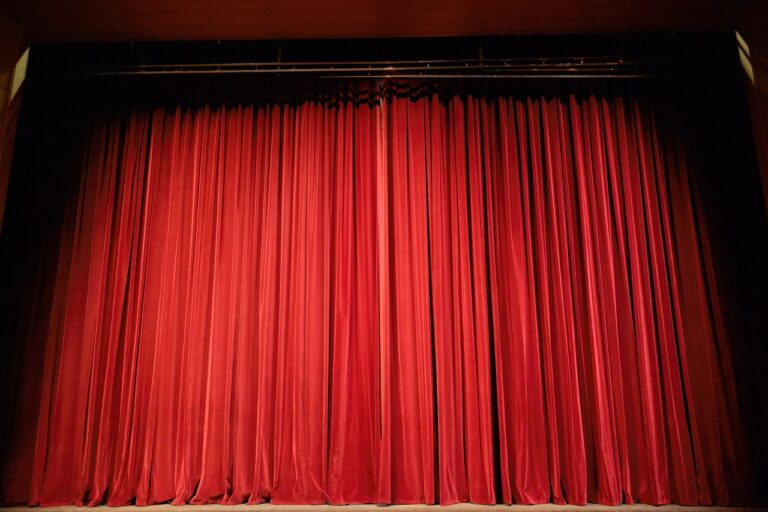Exploring the Influence of Afrofuturism in Contemporary Music and Film
Afrofuturism, a cultural aesthetic and philosophy, emerged in the 20th century, rooted in the African diaspora’s experiences. It combines elements of science fiction, fantasy, Afrocentrism, and magical realism to envision a future where Black people can exist freely and thrive. The term “Afrofuturism” was first coined in the 1990s by cultural critic Mark Dery, although the ideas and themes of Afrofuturism had been present in literature, music, and art long before the term was popularized.
Throughout history, Black artists, writers, and musicians have used Afrofuturist themes to explore notions of identity, freedom, and liberation. From the speculative fiction of Octavia Butler to the cosmic jazz of Sun Ra, Afrofuturism has provided a platform for envisioning alternative realities and challenging existing power structures. By imagining a future where Black people are at the center of technological innovation and cultural expression, Afrofuturism offers a powerful critique of the present while inspiring hope for a more inclusive and equitable future.
Afrofuturism combines elements of science fiction, fantasy, Afrocentrism, and magical realism
The term was coined by cultural critic Mark Dery in the 1990s
Ideas and themes of Afrofuturism have been present in literature, music, and art for decades
Black artists have long used Afrofuturist themes to explore identity and liberation
From Octavia Butler’s speculative fiction to Sun Ra’s cosmic jazz, Afrofuturism challenges power structures
Imagining a future where Black people lead in technology and culture critiques the present while offering hope for a more equitable future
Afrofuturism in Visual Aesthetics
Afrofuturism in visual aesthetics is a creative fusion of futuristic elements with African and African diasporic cultures. It reimagines the past, present, and future of these cultures through a speculative lens that encompasses both science fiction and fantasy elements. Artists and creators draw inspiration from traditional African art, symbolism, and folklore, blending them with technological advancements and futuristic concepts to create visually stunning and thought-provoking pieces.
The use of vibrant colors, intricate patterns, and symbolic imagery plays a significant role in Afrofuturist visual aesthetics. These elements not only serve as a form of cultural expression but also challenge existing narratives and stereotypes about Africa and its people. By incorporating futuristic themes and imagery into their work, artists strive to envision a world where African cultures are at the forefront of technological and societal advancement, offering a new perspective on the possibilities of the future.
Afrofuturism in Music Production
In music production, Afrofuturism serves as a platform for artists to explore themes of identity, history, and technology through sound. By blending traditional African rhythms with futuristic electronic elements, musicians create a unique sonic landscape that pays homage to the past while embracing the possibilities of the future. This fusion of old and new not only challenges conventional musical norms but also reimagines the role of technology in shaping cultural narratives.
Moreover, Afrofuturism in music production often incorporates visuals and storytelling to create immersive experiences for listeners. Through the use of multimedia performances and concept albums, artists like Janelle Monᥠand Sun Ra have pioneered a new form of musical expression that transcends boundaries of time and space. By weaving together elements of science fiction, mythology, and Afrocentrism, these musicians craft narratives that invite audiences to envision alternate realities and question existing power structures within society.
What is Afrofuturism?
Afrofuturism is a cultural and aesthetic movement that combines elements of African and African diaspora culture with science fiction, technology, and futurism.
How does Afrofuturism influence music production?
Afrofuturism influences music production by incorporating themes of futurism, technology, and African culture into the creation of music.
Can you give examples of musicians who incorporate Afrofuturism in their music production?
Some musicians who incorporate Afrofuturism in their music production include Sun Ra, Janelle Monae, and Flying Lotus.
How does Afrofuturism manifest in visual aesthetics?
Afrofuturism manifests in visual aesthetics through futuristic and African-inspired imagery, futuristic fashion, and technology-infused visuals.
What are some key elements of Afrofuturism in music production?
Key elements of Afrofuturism in music production include using electronic and experimental sounds, incorporating African rhythms and instruments, and exploring themes of identity, technology, and the future.
How does Afrofuturism challenge traditional notions of music production?
Afrofuturism challenges traditional notions of music production by breaking boundaries, experimenting with sounds, and reimagining the possibilities of music through a futuristic and African-centered lens.







